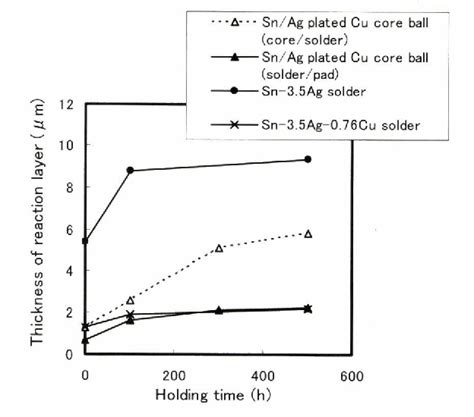What is BGA Solderability?
BGA solderability refers to the ability of the BGA package to be soldered onto a printed circuit board (PCB) with a high degree of reliability. The solderability of a BGA package is determined by several factors, including the quality of the solder balls, the condition of the package surface, and the soldering process parameters.
Factors Affecting BGA Solderability
- Solder Ball Quality
- Composition
- Size and shape uniformity
-
Surface finish
-
Package Surface Condition
- Cleanliness
- Oxidation
-
Contamination
-
Soldering Process Parameters
- Reflow profile
- Flux selection
- Solder paste printing
BGA Solderability Testing Methods
To ensure the solderability of BGA packages, various testing methods are employed. These methods assess the quality of the solder balls and the package surface, as well as the effectiveness of the soldering process.
Wetting Balance Test
The wetting balance test measures the wetting force and time of a solder ball when it comes into contact with molten solder. This test provides information about the solderability of the BGA package.
| Parameter | Typical Value |
|---|---|
| Wetting Force | > 2 mN |
| Wetting Time | < 3 seconds |
Dye Penetrant Test
The dye penetrant test is used to detect surface defects on the BGA package, such as cracks or voids. A dye is applied to the package surface and then removed, leaving any defects visible under ultraviolet light.
X-Ray Inspection
X-ray inspection is a non-destructive testing method that allows for the visualization of the internal structure of the BGA package and solder joints. This method can detect voids, cracks, and other defects that may affect solderability.
BGA Solderability Standards
Several industry standards have been developed to ensure the solderability of BGA packages. These standards provide guidelines for package design, solder ball quality, and soldering process parameters.
IPC J-STD-002
IPC J-STD-002 is a standard that defines the solderability tests and requirements for electronic components, including BGA packages. This standard covers the wetting balance test, dye penetrant test, and other solderability testing methods.
JEDEC JESD22-B102
JEDEC JESD22-B102 is a standard that defines the solderability testing methods for BGA packages. This standard covers the wetting balance test, dye penetrant test, and x-ray inspection.

Improving BGA Solderability
To improve the solderability of BGA packages, several best practices can be implemented:
- Proper storage and handling of BGA packages to prevent contamination and oxidation
- Use of high-quality solder balls with consistent composition and size
- Optimization of the soldering process parameters, such as reflow profile and flux selection
- Regular cleaning and maintenance of soldering equipment
- Implementation of quality control measures, such as visual inspection and x-ray inspection
Frequently Asked Questions (FAQ)
1. What is the purpose of the BGA solderability standard?
The BGA solderability standard ensures the quality and reliability of the soldering process for BGA packages by providing guidelines for package design, solder ball quality, and soldering process parameters.
2. What are the main factors affecting BGA solderability?
The main factors affecting BGA solderability are solder ball quality, package surface condition, and soldering process parameters.
3. What is the wetting balance test?
The wetting balance test measures the wetting force and time of a solder ball when it comes into contact with molten solder, providing information about the solderability of the BGA package.
4. How can x-ray inspection help in assessing BGA solderability?
X-ray inspection is a non-destructive testing method that allows for the visualization of the internal structure of the BGA package and solder joints, detecting voids, cracks, and other defects that may affect solderability.
5. What are some best practices for improving BGA solderability?
Best practices for improving BGA solderability include proper storage and handling of BGA packages, use of high-quality solder balls, optimization of soldering process parameters, regular cleaning and maintenance of soldering equipment, and implementation of quality control measures.
By adhering to the BGA solderability standard and implementing best practices, manufacturers can ensure the reliability and quality of their BGA-based electronic devices. Regular testing and monitoring of the soldering process, along with continuous improvement efforts, will help maintain high solderability standards and minimize the risk of soldering defects.






Leave a Reply